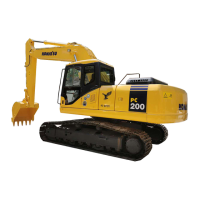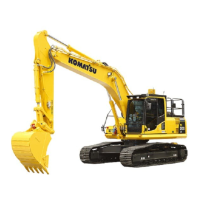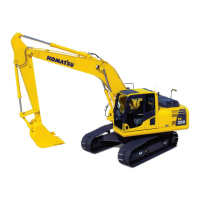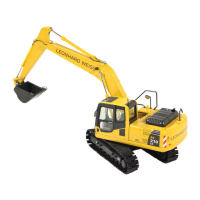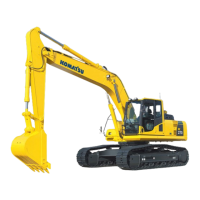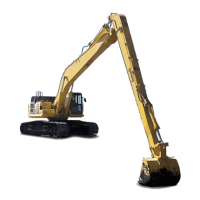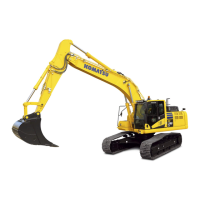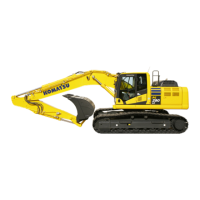MAINTENANCE PLAN
156
4.7.7.b CHECKING THE BATTERY ELECTROLYTE LEVEL
4.7.7.c CHECKING THE OIL LEVEL IN THE
TRAVEL REDUCTION GEARS
DANGER
• Check the level only after stopping the engine and if necessary add distilled water only before starting
work.
• Always wear safety goggles and waterproof gloves.
• To prevent gas explosions, do not use naked flames, do not smoke and avoid producing sparks due to
short circuits.
• The battery electrolyte is dangerous; if it comes in contact with the eyes or skin, rinse with plenty of
water and consult a doctor without delay.
The battery (1) can be reached by opening the right door (2).
The electrolyte level in each cell must be about 6 mm above the
plate edge; if necessary, top up with distilled water only.
If, on the contrary, the level is low because some fluid has been
spilled, add diluted sulphuric acid until reaching the concentra-
tion suitable for the ambient temperature.
(See “3.11.3 BATTERY”).
IMPORTANT
☞
• It is advisable to add distilled water before starting work,
in order to prevent it from freezing.
• Before putting back the cell plugs, make sure that the
breather holes are not clogged.
• Make sure that the connection terminals are not oxidized;
if necessary, clean them and cover them with anti-oxida-
tion grease.
RWA09240
2
1
DANGER
• As soon as the machine has been stopped the oil is very
hot; let it cool down until it reaches 40÷50°C before carry-
ing out the check.
This check must be carried out on each reduction gear posi-
tioned with the drain plug (1) downward and aligned with the lev-
el plug (2) on the vertical axis.
If necessary, move the machine slightly until reaching the re-
quired position, which must absolutely be respected in order to
carry out a precise check.
This check is visual: the oil must reach the hole (2); otherwise,
top up following the procedures described in paragraph “4.7.10.a
CHANGING THE TRAVEL REDUCTION GEAR OIL” and using
the prescribed oil.
(See “4.3 FUEL, COOLANT AND LUBRICANTS”).
Use a 8 mm setscrew spanner.
RWA09250
2
1

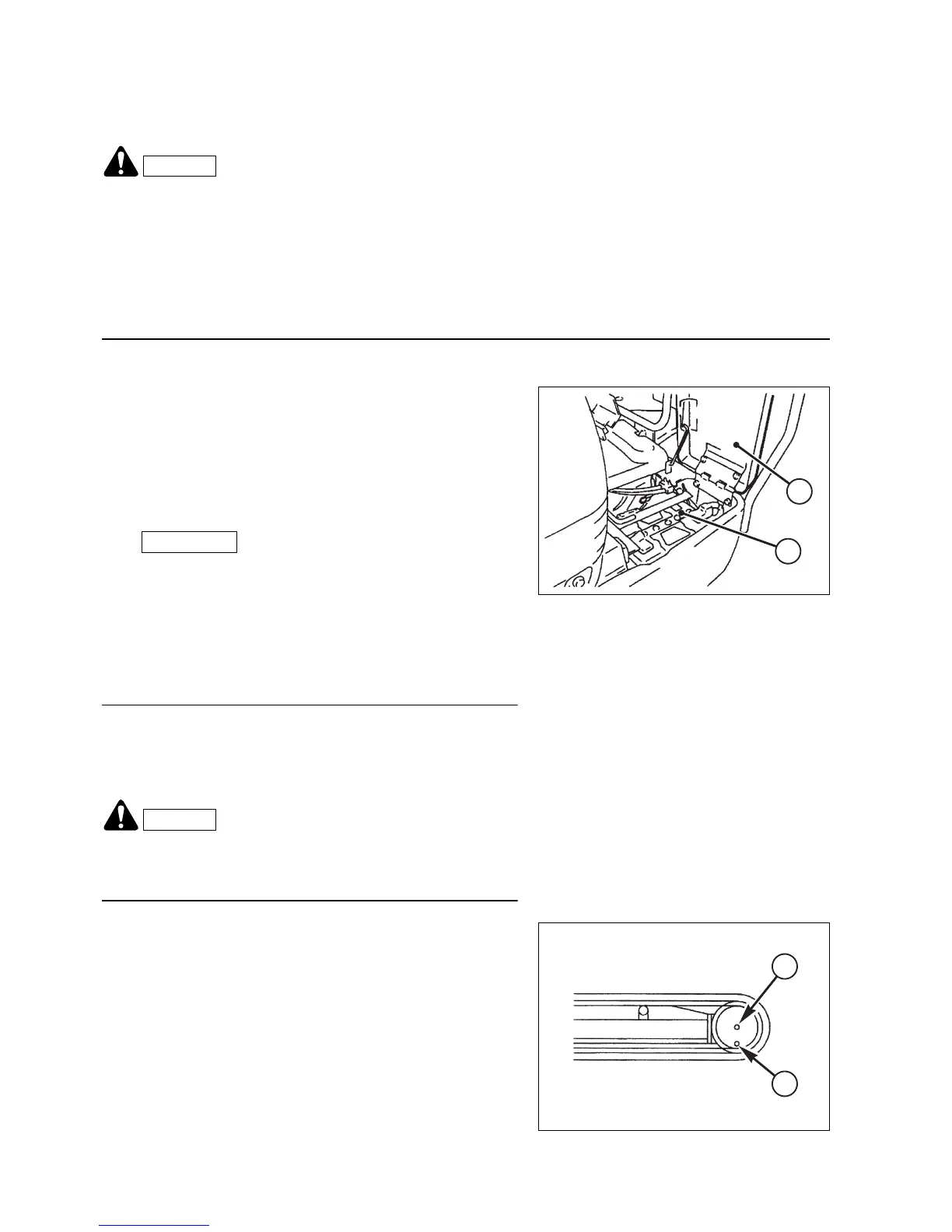